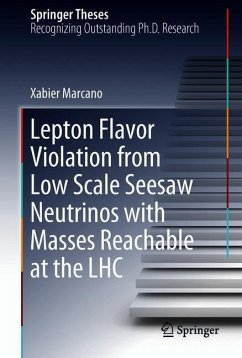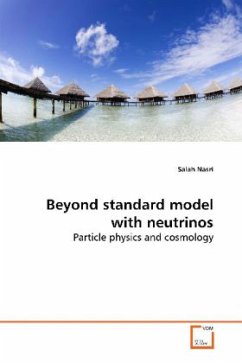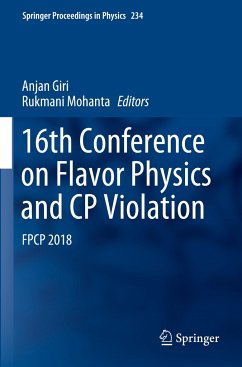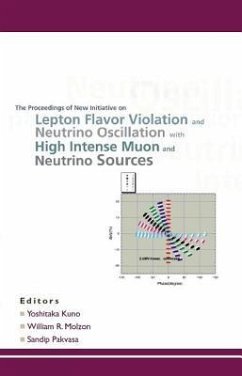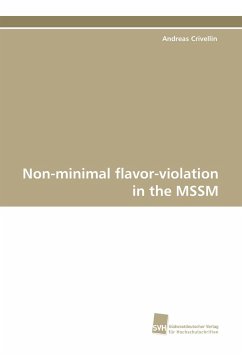
Systematic Model Building with Flavor Symmetries
A New Approach
Versandkostenfrei!
Versandfertig in 6-10 Tagen
36,99 €
inkl. MwSt.

PAYBACK Punkte
18 °P sammeln!
The observation of neutrino masses and lepton mixing has highlighted the incompleteness of the Standard Model of particle physics. In order to address these and further issues, Grand Unified Theories and flavor symmetries are considered. GUTs such as SU(5) are vertical symmetries unifying the SM particles into multiplets. They usually predict new particles which can naturally explain the smallness of the neutrino masses via the seesaw mechanism. Flavor symmetries are horizontal symmetries acting on the generation space of the SM particles. They can serve as an explanation for the different mix...
The observation of neutrino masses and lepton mixing has highlighted the incompleteness of the Standard Model of particle physics. In order to address these and further issues, Grand Unified Theories and flavor symmetries are considered. GUTs such as SU(5) are vertical symmetries unifying the SM particles into multiplets. They usually predict new particles which can naturally explain the smallness of the neutrino masses via the seesaw mechanism. Flavor symmetries are horizontal symmetries acting on the generation space of the SM particles. They can serve as an explanation for the different mixings in the quark and lepton sectors and their mass hierarchies. In this book, we develop and perform a new systematic model building approach comprising flavor symmetries, GUTs and the seesaw mechanism. The results of this approach are, e.g., diverse lepton flavor and GUT models, a systematic scan of lepton flavor violation, new mass matrices, a new understanding of lepton mixing angles, a general extension of the idea of quark-lepton complementarity theta_12=pi/4-epsilon/sqrt{2} and for the first time the QLC relation in an SU(5) GUT.



